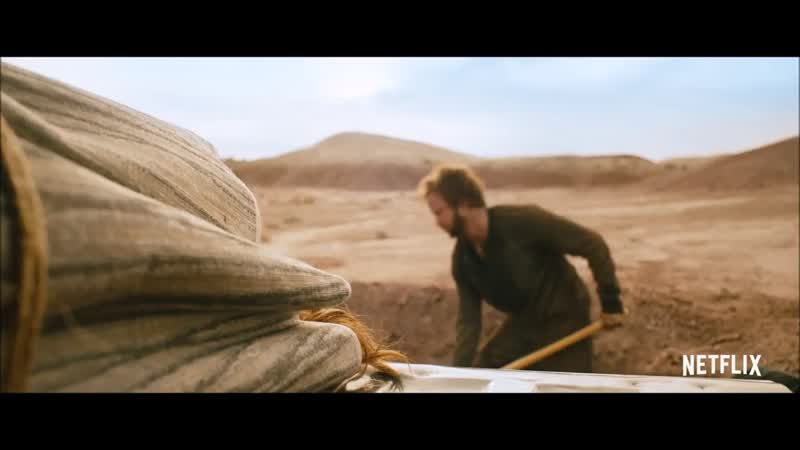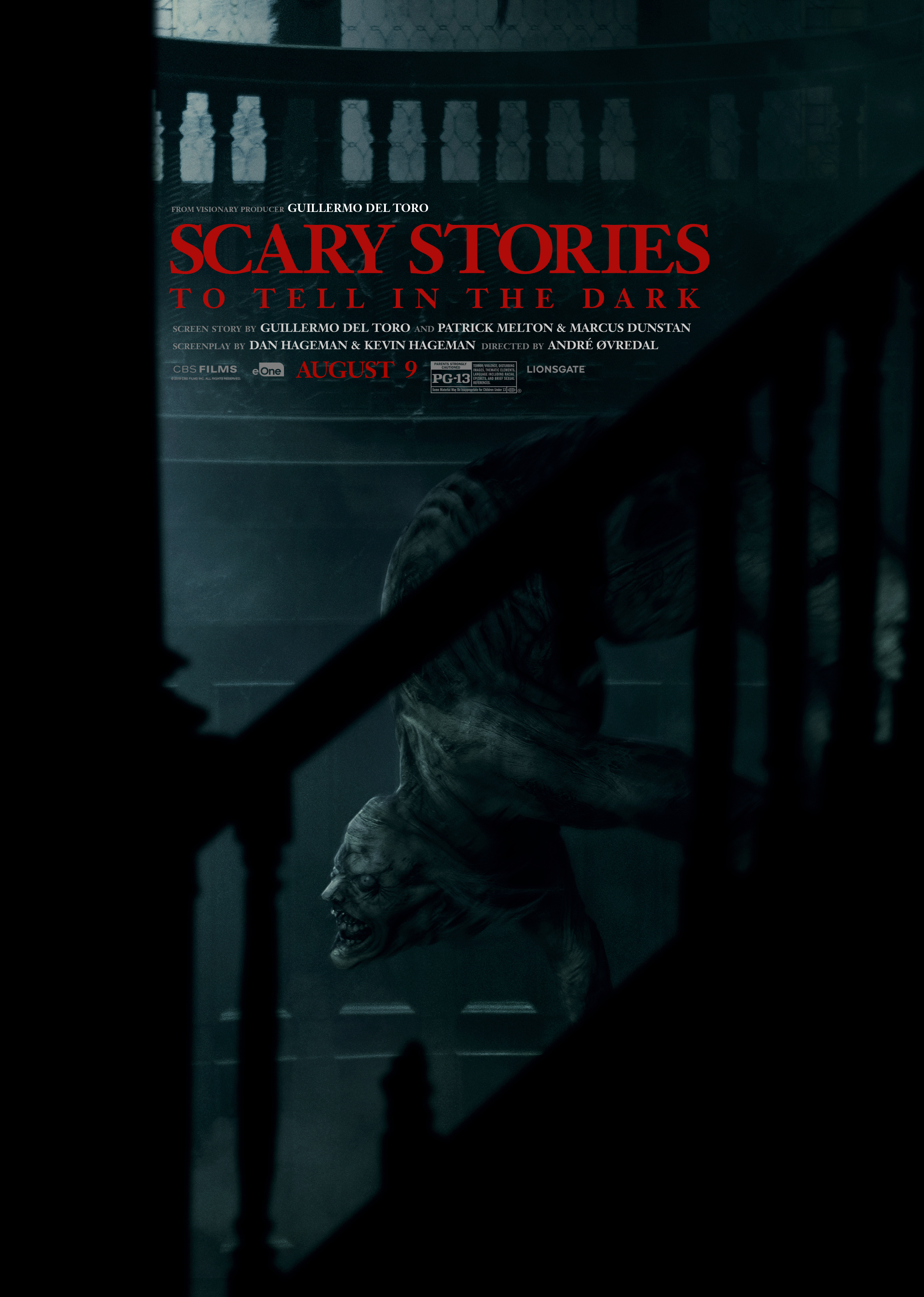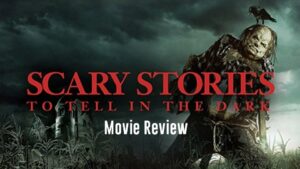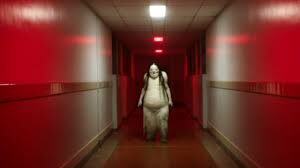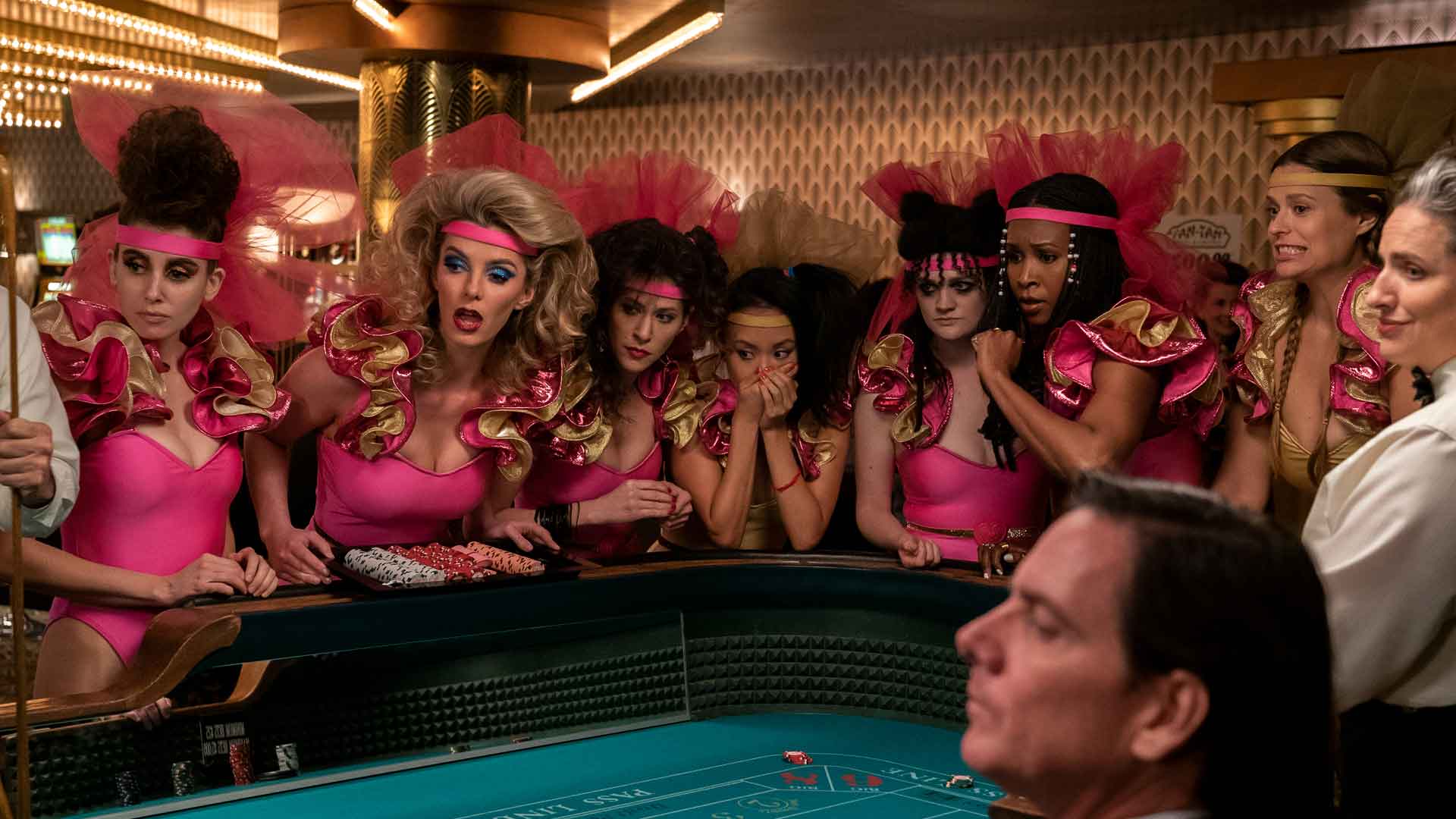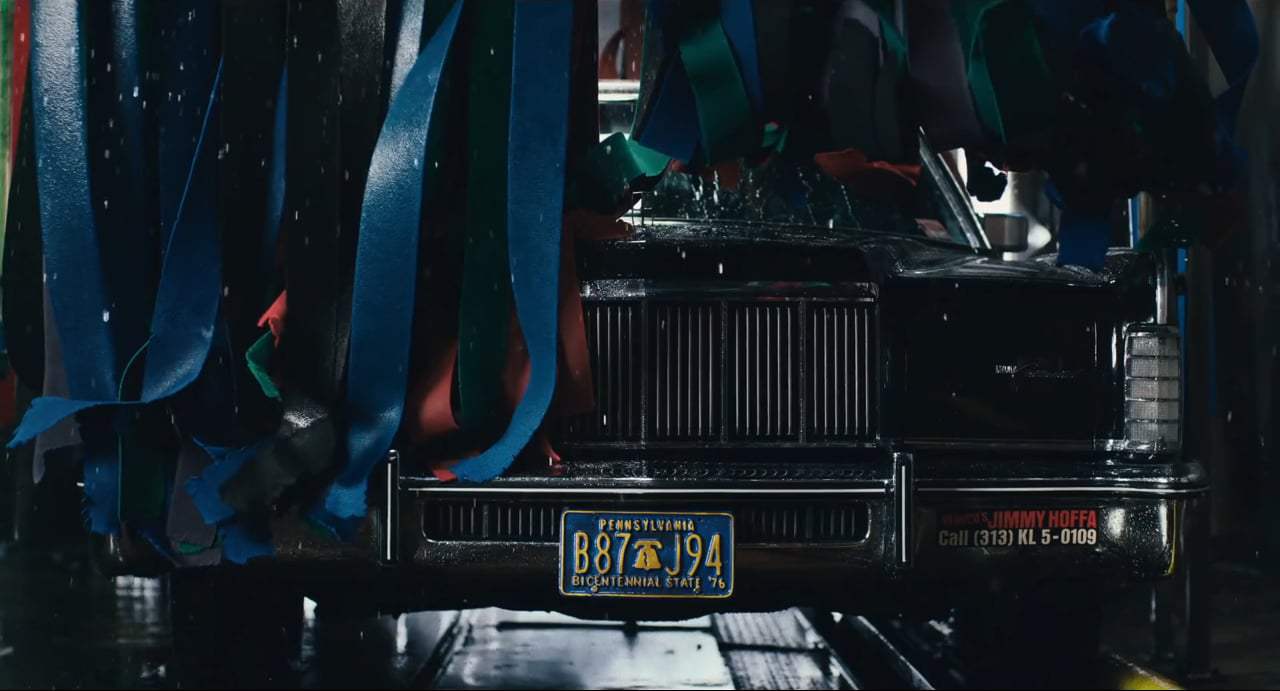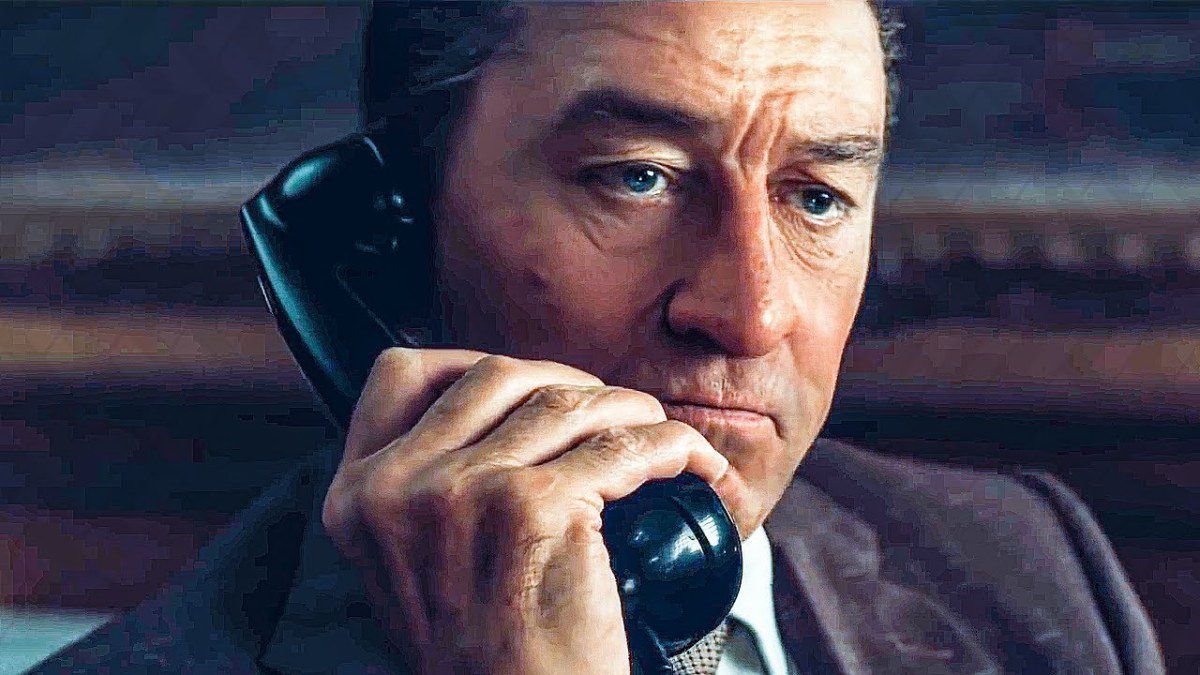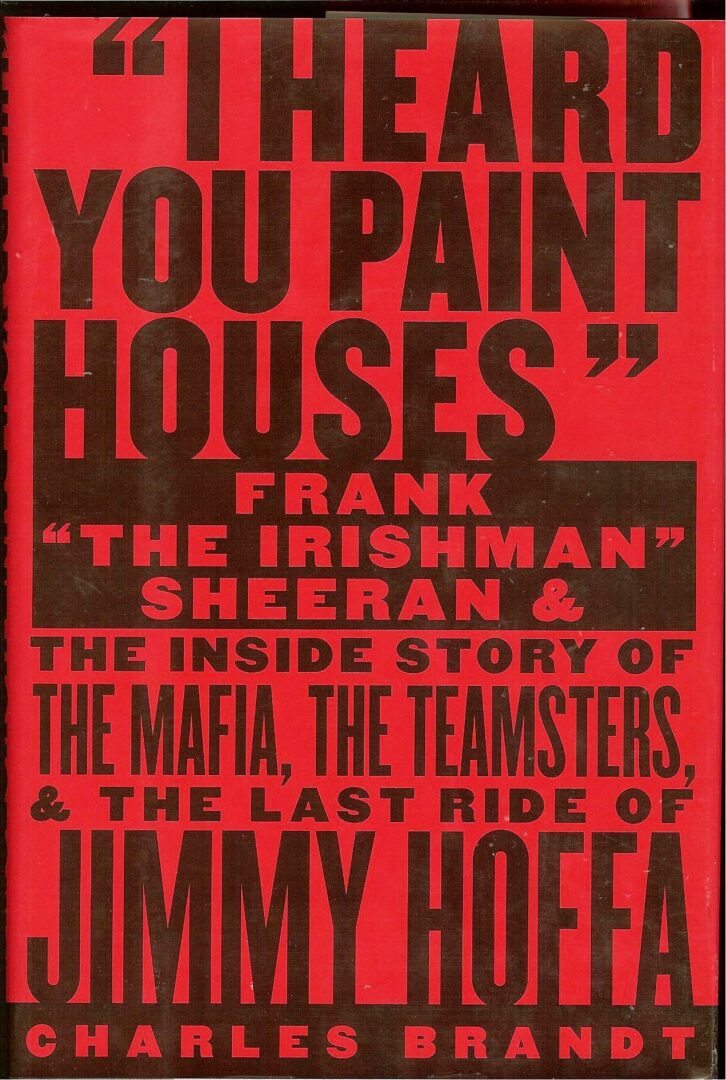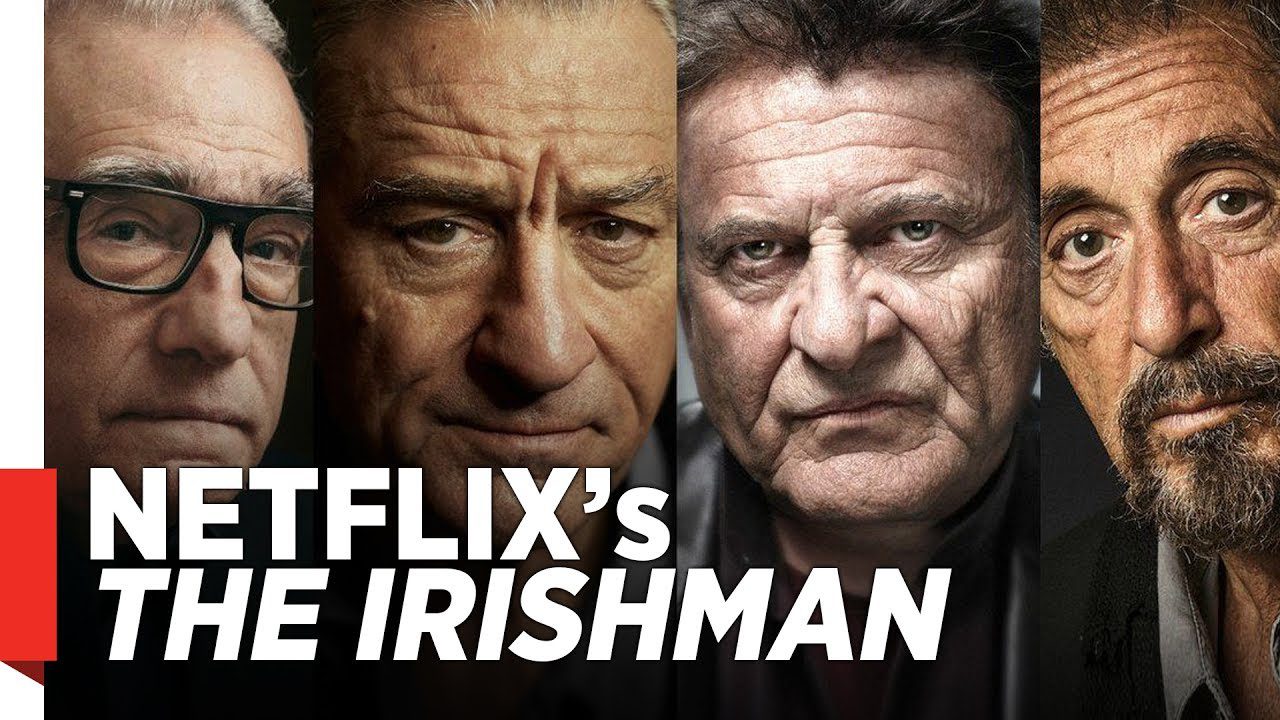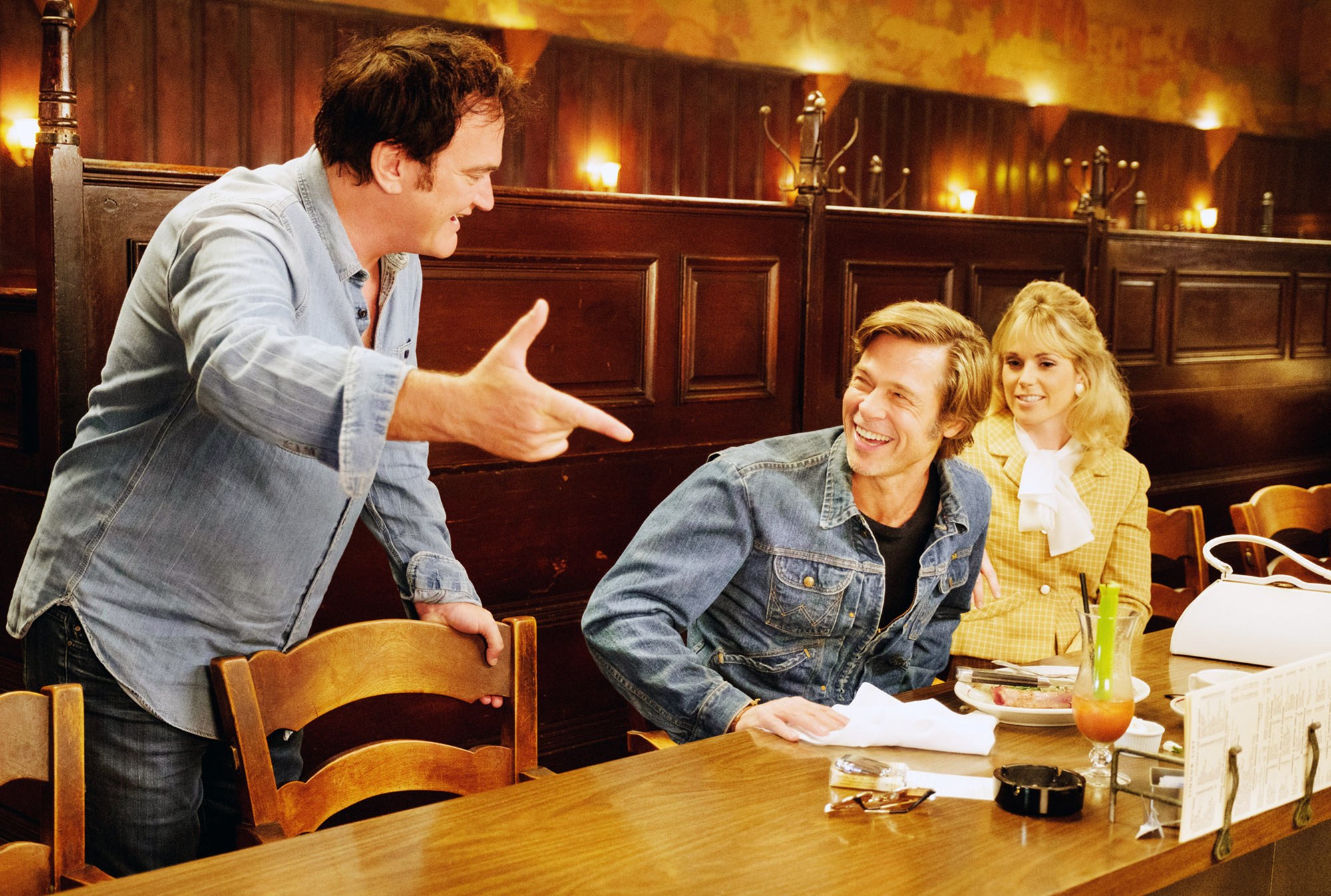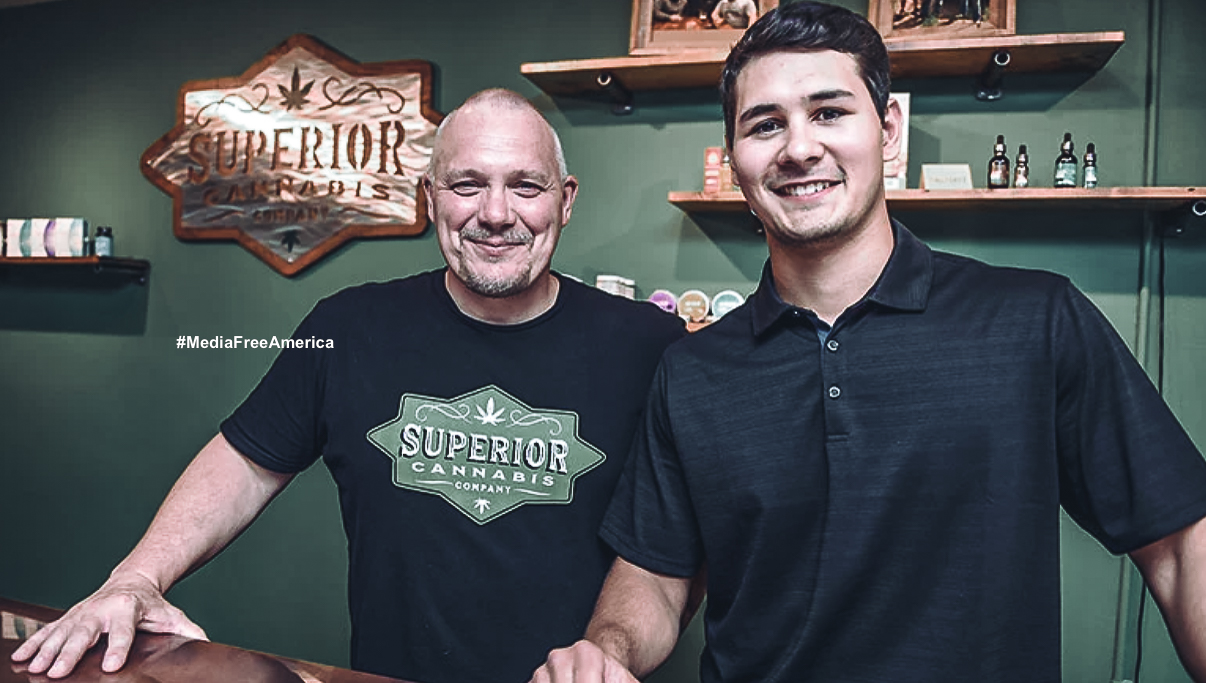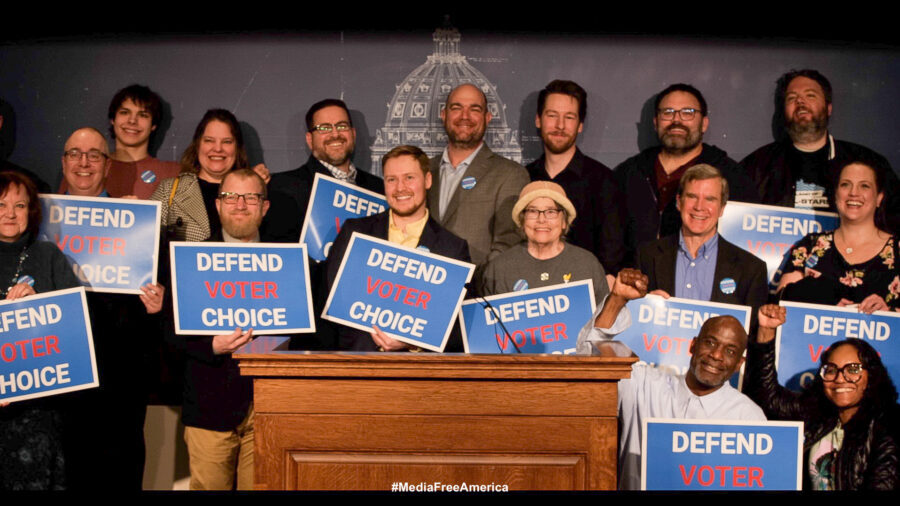The best thing about Netflix release films, for reviewers, is having it right there, whenever you want it. For instance, should you watch El Camino, love El Camino, and then feel the need to rewatch it the very next day in order to better itemize the reasons why you loved it, it's right there in your house!
Fans of the Breaking Bad series are well accustomed to the cinematic qualities director Vince Gilligan uses in his small-screen storytelling, and they're all present in El Camino, but one does get the feeling that such elements--shadowy shots at unconventional angles, time lapses of the New Mexican landscape, and even the opening credits--would be all the more impactful when viewed on the big screen of an actual theater. Either way, the El Camino experience is a fulfilling supplement to the original series which focuses on the story of chemist-turned methamphetamine empire boss Walter White's second-in-command, Jesse Pinkman (Aaron Paul).
As we witness the aftermath of the series' resolution and the events leading up to it, it's easy to start feeling a little guilty--Jesse's story is sad and terrible and quite honestly, I had forgotten most of it in favor of the conclusion of Walter White. In the race (via train heist, via great escape northward, via oscillating machine gun antics) to the end of the show, Jesse's experiences got a little lost in all the big plot moments and took a backseat to the bigger picture but the beauty of El Camino is that it doesn't need to hurry.
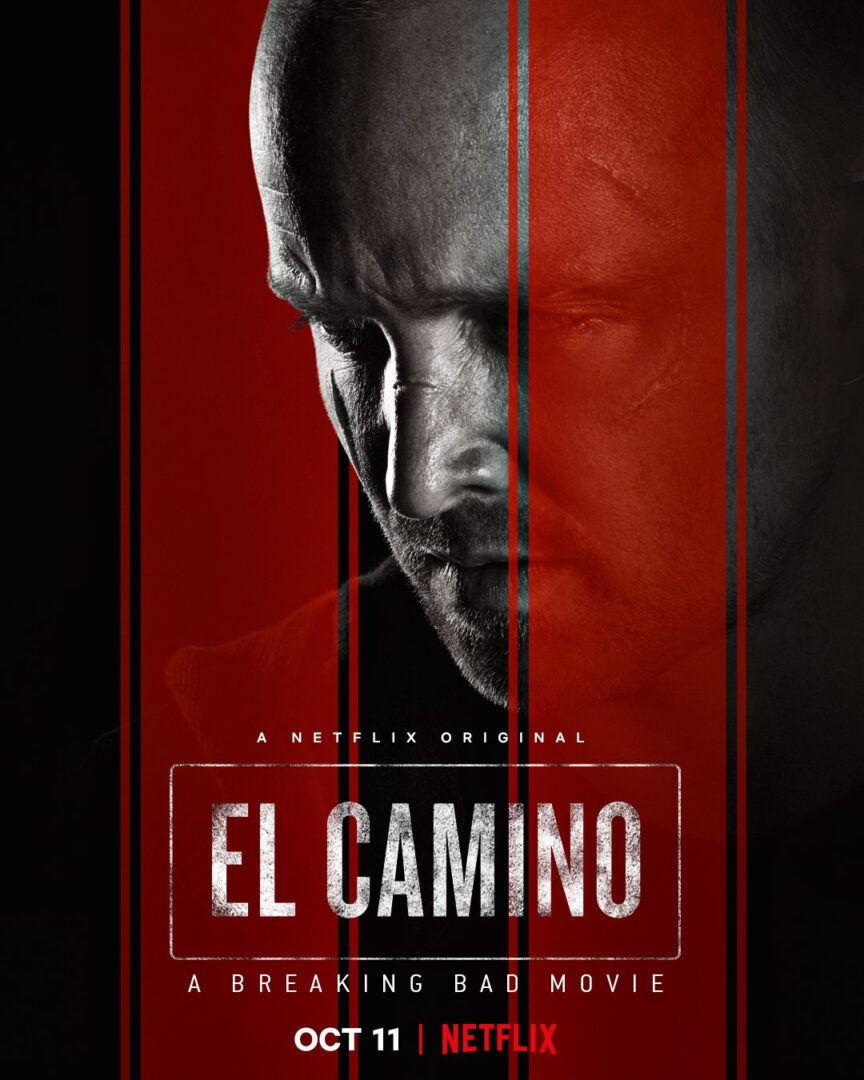
The film doesn't only make us remember Jesse's experiences, it walks us through Jesse's emotion, pain, and humanity in every scene. Multiple traumas and humiliations have rightly made Jesse desperate: his face is scarred, his voice is low and strained when he speaks, and his main goal is survival. We mourn for the old Jesse when we revisit his friends Badger (Matt Jones) and Skinny Pete (Charles Baker), whose experiences with drugs and White have been significant, but no where near as damaging as Jesse's. Despite everything, their loyalty to their friend is touching, reiterating to us that in this unpleasant story, there are people within drug culture still very much in touch with empathy and humanity.

The chronology rotates between flashbacks and the here-and-now in a lot of clever ways to expose little puzzles as the show once did--a phone book page, a hidden bundle of cash, a letter in an envelope-- specific objects refer to past events or are slyly referenced only to come back into the picture in very important ways. Pay attention or take notes if you feel like it might be helpful, just know that everything matters.
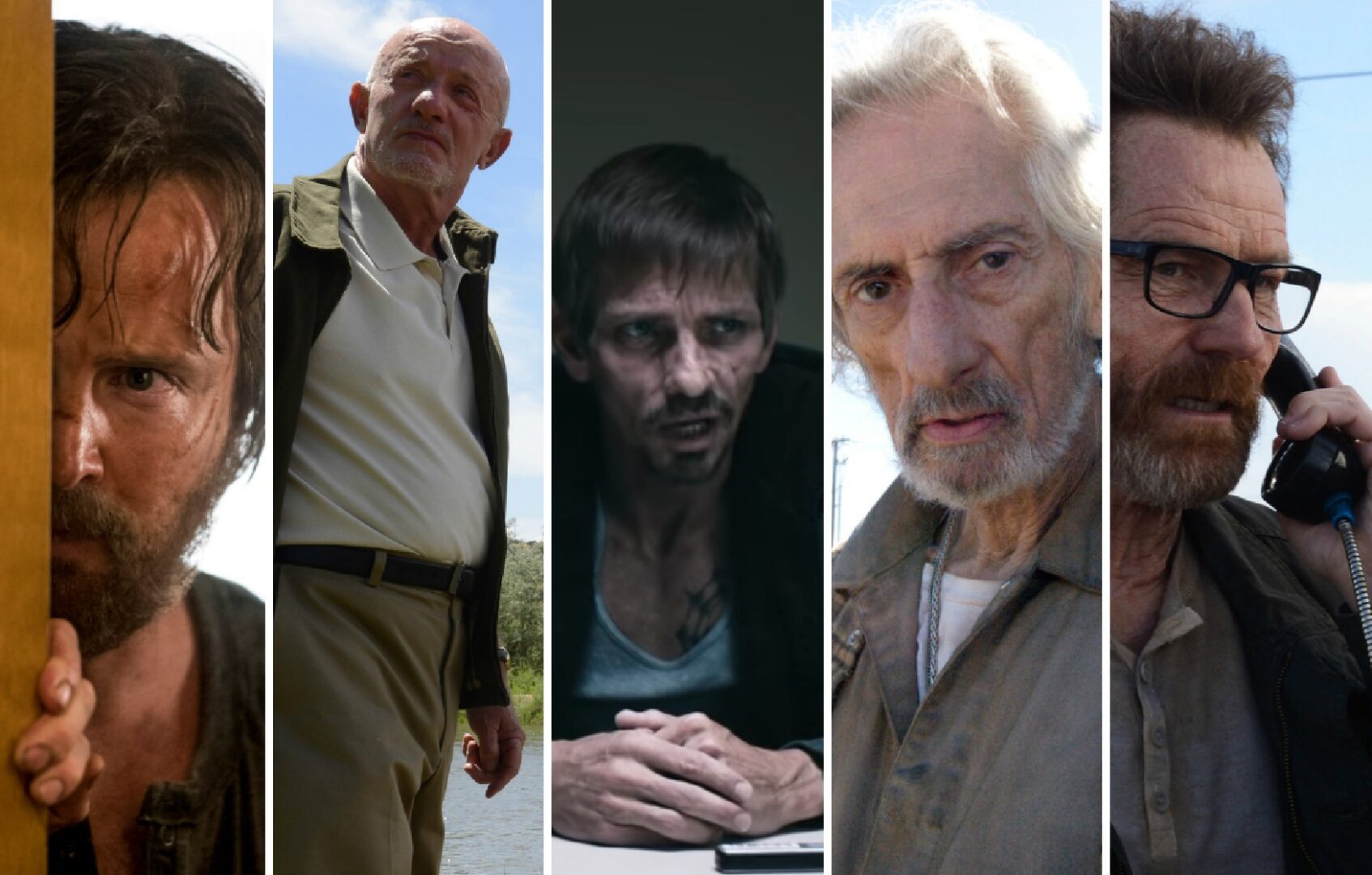
Do you need to do a complete re-watch of the series for El Camino? No, but you'll probably want to afterward. Definitely catch the recap Netflix provides and if you're really at a loss for the events, maybe rewatch the finale, which is also currently available on Netflix. Todd (Jesse Plemons), Mike (Jonathan Banks), Walter, (Bryan Cranston) and Pinkman's aforementioned buddies all factor into the story significantly but even if your memories of specific interactions between these characters isn't the greatest, the film is strong enough as a stand-alone to be an intensely compelling story. The late Robert Forester reprised his role as Ed, the escape-aiding vacuum salesman, and as with many of his other roles, plays his part straight-up, subtle, and with that deep genuineness that he was so adept at doing.
-Anna Purrington
Anna writes film, television, and literary reviews that are heavy on theme and experience. She received her BA in Cinema Studies and Media Culture from the University of Minnesota in 2003; her reviews have appeared in various local sites as well as her own media blog, Televisionlady.com. Anna lives in Minneapolis with her family."


